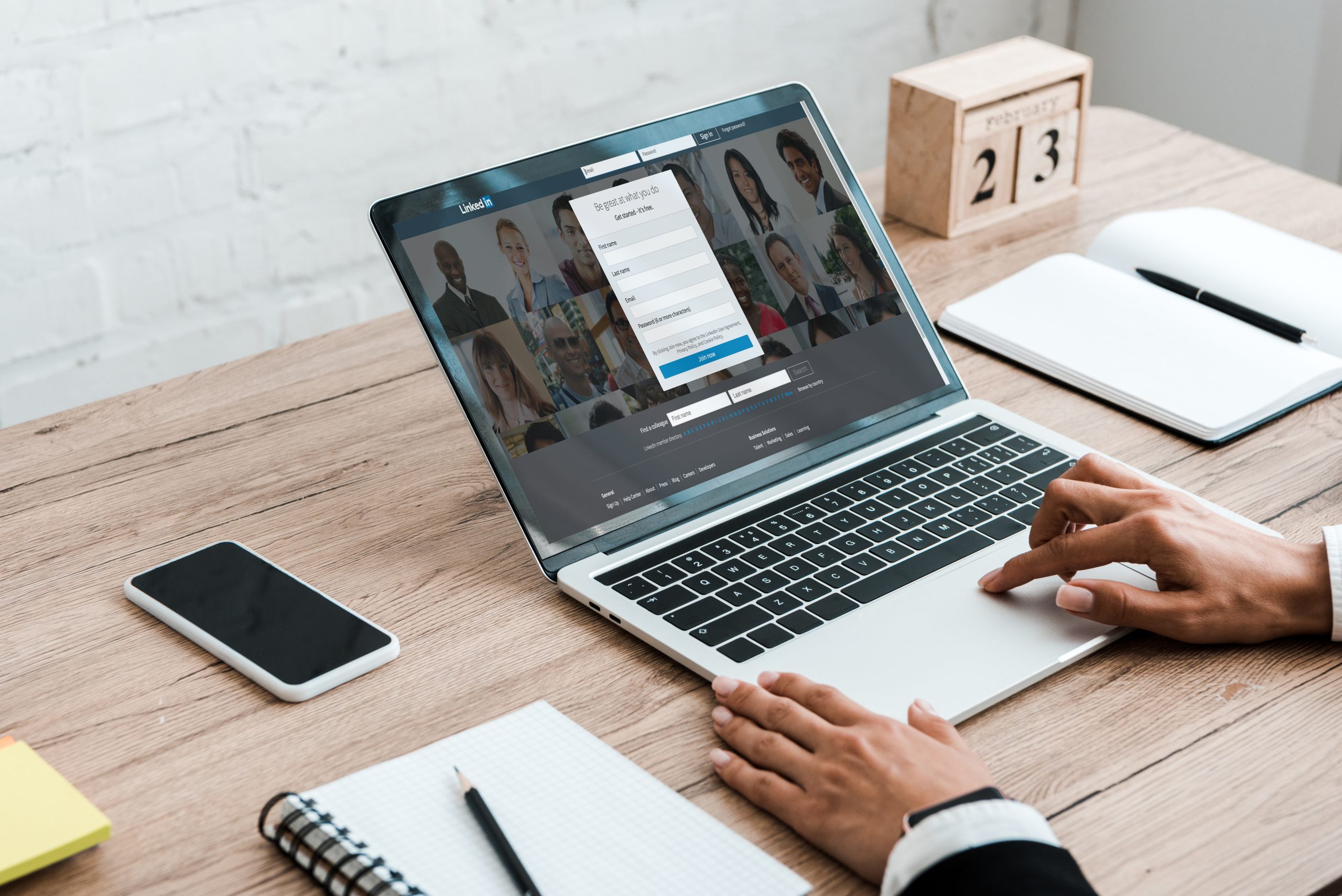
With upward of 95% of recruiters using LinkedIn to search for candidates, it’s a great idea for job seekers to position themselves for more visibility in the marketplace. That works out for you because most job seekers don’t use LinkedIn to their advantage.
If you’re like most professionals and executives, you probably created a profile long ago and maybe [maybe] went back in to add a few more connections. You’re just scratching the surface. There’s so much more you can do with this platform! You can:
Stand out with a professional LinkedIn profile! Here’s how…
Designing your LinkedIn Profile:
1. Edit your headline. Start by writing a specific headline. Tell employers what value you add. Be sure it makes them want to learn more. Keep your audience in mind and avoid technical terms that may be unfamiliar to them.
2. Update your summary. Your summary should showcase you and your achievements. You can create more impact with quantifiable info. For even more oomph, add multimedia attachments [audios, animation, videos] and if you’ve got a high-level work sample to showcase, [campaign, published article, white pages, pitch, design, program excerpt] include it, as it will help you stand out in a sea of great applicants.
3. Upload a professional photo. Pick an image that looks professional and clear. Focus on your face and use flattering natural light. Add an original banner this differentiates you from others, which means your LinkedIn account stands out from your competitors.
4. Add keywords. Recruiters use AI to search for potential employees. Browse through job descriptions and resumes for keywords that are popular in your field and include them in your profile. Don’t forget to use keywords in your headlines and descriptions.
5. Customize your URL. LinkedIn automatically assigns members a URL. You can, however, change it to something more personal like your name, initials, or anything else that sounds professional and personalized. Again, it’s a way to stand out from your competitors.
6. Welcome recruiters. Is your profile visible to recruiters? Go into your privacy settings to ensure you’ve opted to let them know that you want to hear from them. You’ll need to reset this switch every few months if you’re still looking. Proceed with caution if you’re searching for a job while still employed. Read through the settings to understand precisely who is seeing your profile.
7. Be consistent. Your resume and cover letter are usually tailored to a specific job opening, whereas your profile is a more permanent declaration. Ensure that both accurately your experiences and abilities. Know whom you want your audience to be and position yourself accordingly.
8. Check the meter. LinkedIn provides a profile strength meter to help you rate yourself. It will give you helpful recommendations about additional steps you can take, such as adding more information about volunteer work and foreign languages.
Using your LinkedIn Profile:
1. Gather recommendations and endorsements. Recruiters want to know what others say about you. Ask former employers and other contacts for recommendations. Use your endorsements to advertise skills that are in high demand.
2. Write and publish. Share your knowledge and insights on the LinkedIn publishing platform. Develop a content strategy and use a calendar that will remind you to publish regularly.
3. Join groups. Look for groups in your subject area and participate actively. Post articles and answer questions. Avoid any temptation to over-promote yourself.
4. Monitor your connections. Be on the lookout for valuable connections to add to your network. Send them personal invitations that will make a positive impression.
5. Encourage others. Think of LinkedIn as a community where you can exchange ideas and support. Comment on posts from other users and share them with your connections.
6. Be discreet. While you’re working to raise your visibility, keep in mind that there may be times when you want to keep your job-hunting activities off the view of your current boss and HR department. Change your privacy settings so you can control what information you want to make public.
Overall, optimizing your LinkedIn profile can help others find you and help you achieve your professional goals, find a job, and better position yourself as a leader and expert in your field. Use LinkedIn to your advantage – you’ll be far ahead of your competitors.
Let’s Connect and Ignite Your Career!
Follow Us on Social Media for the Latest Blogs & Updates
Join us on:
Don’t miss out on our exciting updates and be part of a thriving career community!
© 2024 Avita | All Rights Reserved
This website uses cookies to improve your experience. We’ll assume you’re ok with this, but you can opt-out if you wish.
If you would like to view our resume samples, please enter your email address.